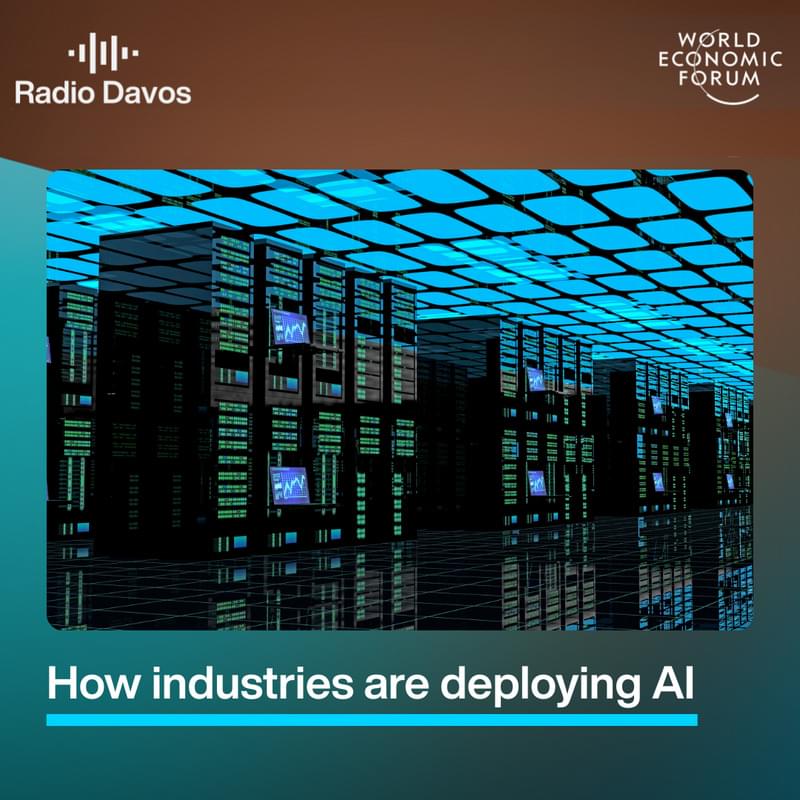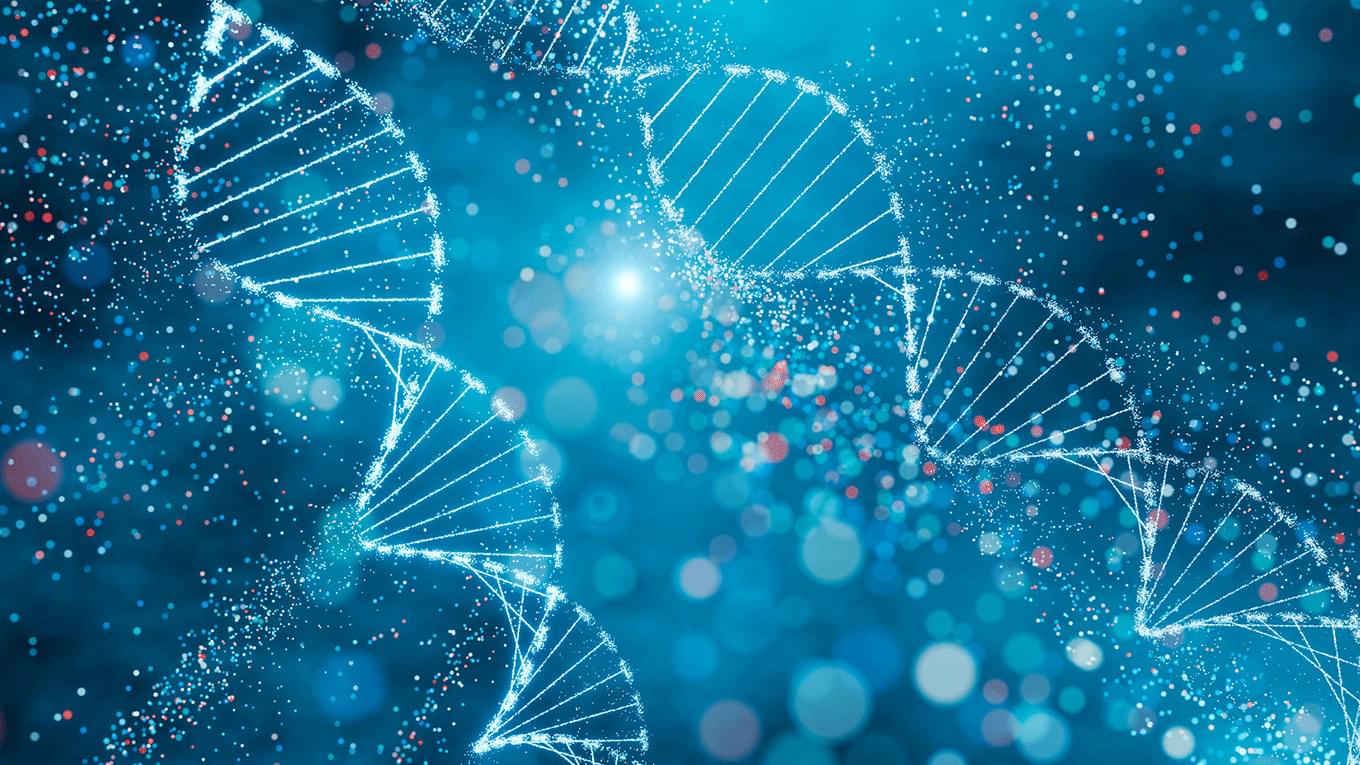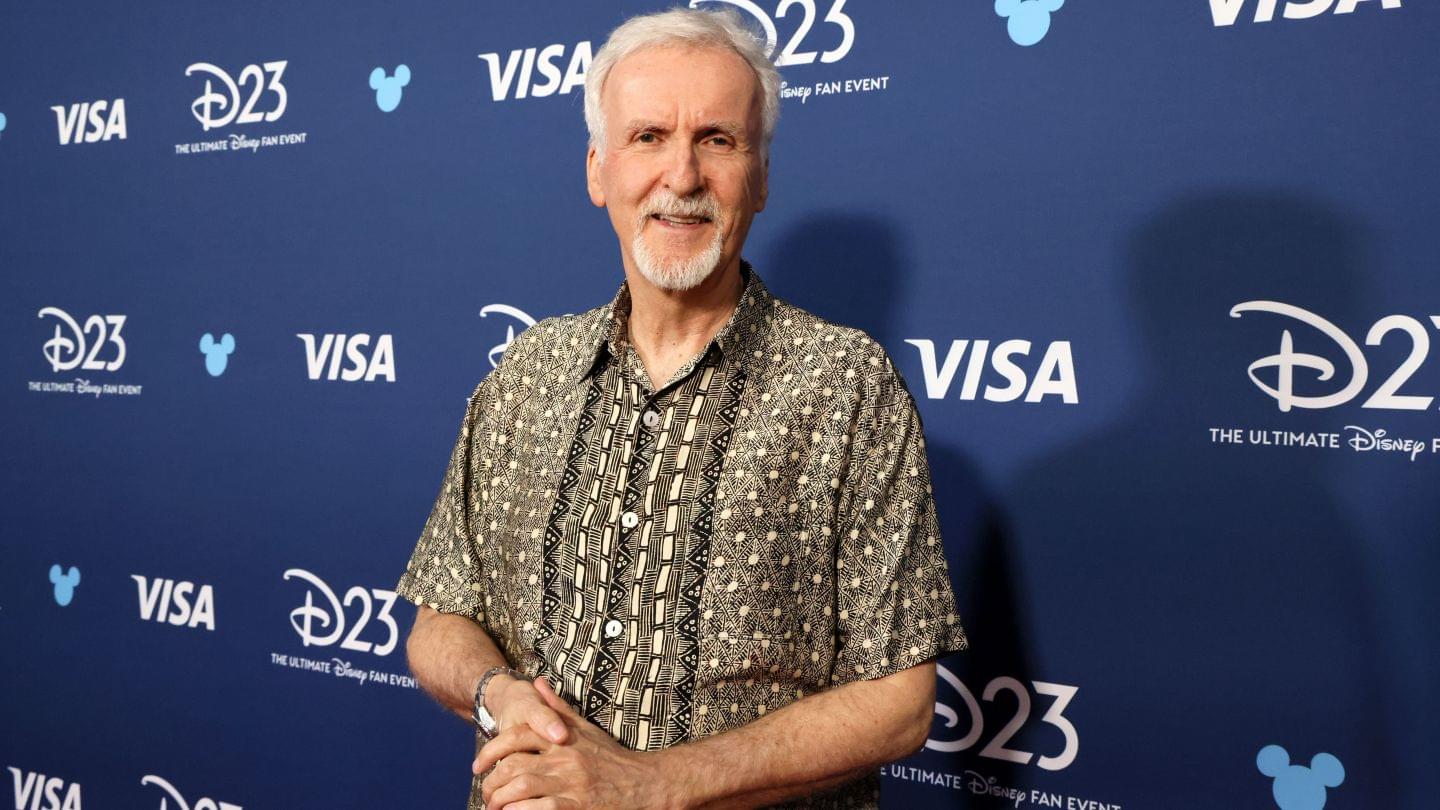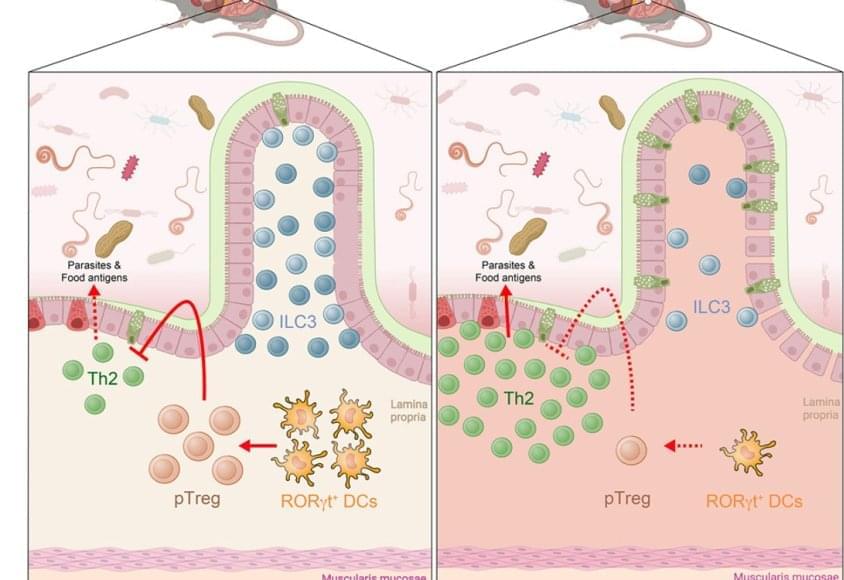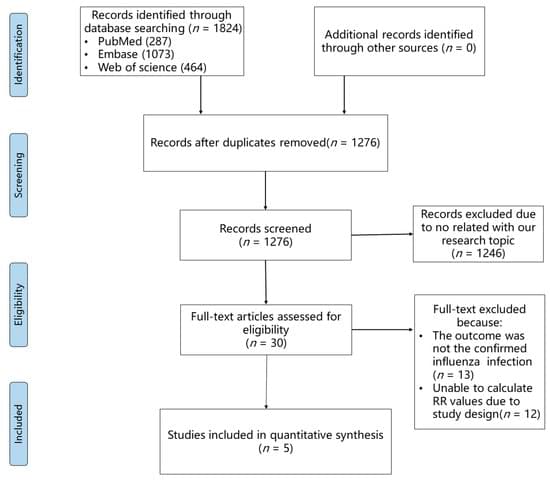Join us this episode as we explore how a cutting-edge, high-throughput screening platform can identify lifespan-extending compounds in diverse model organisms, with Dr Kevin Perez, co-founder of Epiterna and Junior Group Leader at Charité Universitätsmedizin Berlin, and host Prof Brian Kennedy, Director of the Centre for Healthy Longevity at #NUSMedicine.
Register for upcoming #HealthyLongevity #webinar sessions at https://nus-sg.zoom.us/webinar/register/2117367621680/WN_g5RF29EWQf65KDFfpVLjFA
Disclaimer: The opinions and advice expressed in this webinar are those of the speakers and do not represent the views and opinions of the organizers and National University of Singapore or any of its subsidiaries or affiliates. The information provided in this webinar is for general information purposes only as part of a general discussion on public health. The information is not intended to be a substitute for professional medical advice, diagnoses or treatment; and cannot be relied on in place of consultation with your licensed healthcare provider. All Rights Reserved.
All of the proceedings of this webinar, including the presentation of scientific papers, are intended for limited publication only, and all property rights in the material presented, including common-law copyright, are expressly reserved to the speaker or NUS. No statement or presentation made is to be regarded as dedicated to the public domain.
Any sound reproduction, transcript or other use of the material presented at this course without the permission of the speaker or NUS is prohibited to the full extent of common-law copyright in such material.
